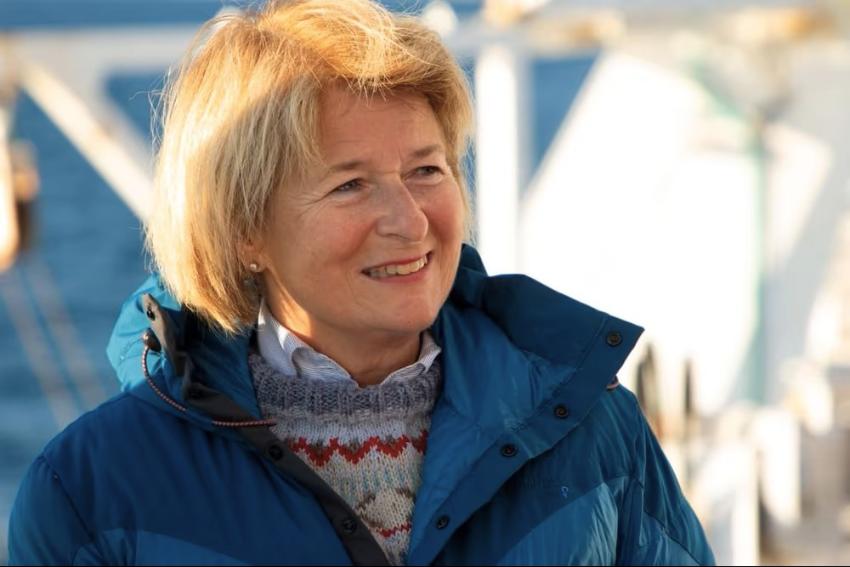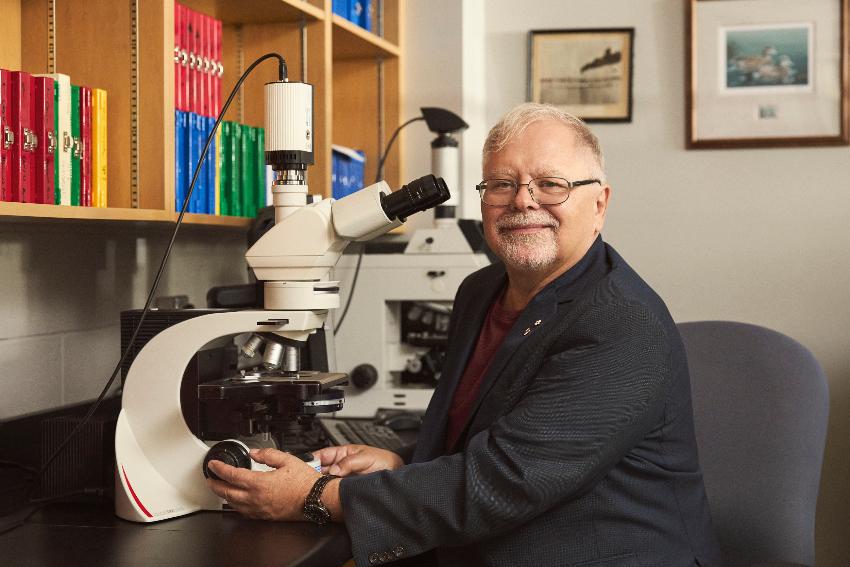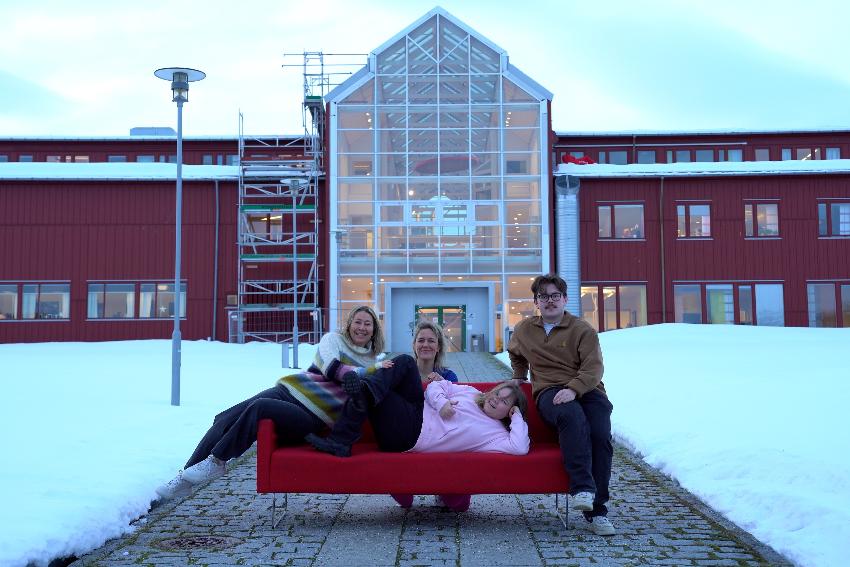"For us, this is just the beginning"
The northern parts of Norway, Sweden, and Finland are facing climate change and an uncertain geopolitical situation in the coming years. One way to handle the challenges is cross-border cooperation between universities, municipalities, and business clusters.
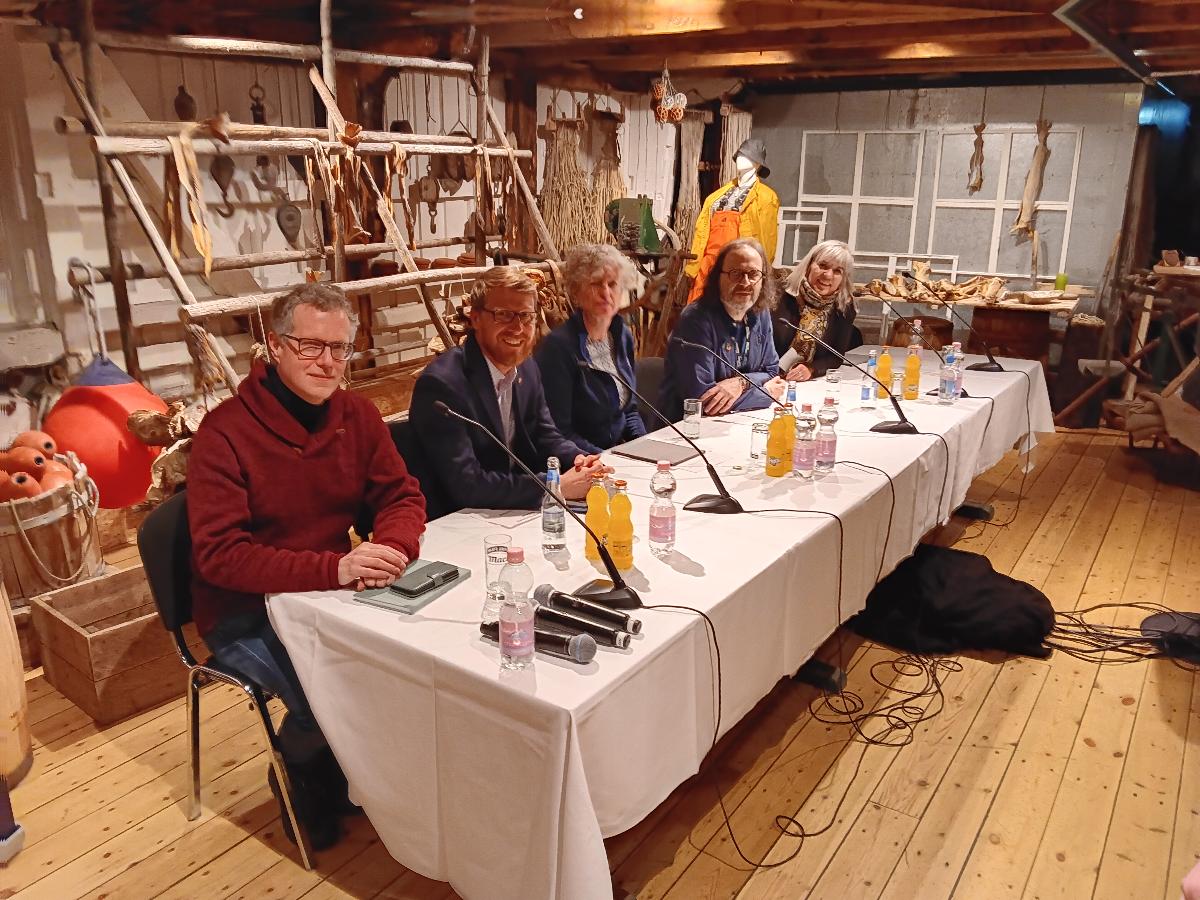
The Arctic Five alliance includes five Nordic universities: Luleå University of Technology, UiT The Arctic University of Norway, Umeå University, the University of Lapland, and the University of Oulu. Together, these universities have around 90,000 students.
Since 2016, the five universities have had joint courses and educational programs and interdisciplinary research collaborations that involve two or more universities. The alliance also facilitates strengthened cooperation at local and regional levels between academia, politics, and business.
During a panel discussion organized by the alliance on January 30th, at the conference Arctic Frontiers, emphasis was placed on bringing forth the perspectives of actors in the three sectors. Security policy, energy, education, employment, and green transition were highlighted as important fields for sustainable integration in the Arctic.
The human factor
The northernmost part of Europe has gained an increasingly prominent geopolitical significance, with Finland's NATO membership and the prospects of Sweden also becoming a member in the near future.
Maria Varteressian, State Secretary in the Ministry of Foreign Affairs, began by pointing out that the Nordic countries are at a crossroads and that the choices made now will have significant long-term repercussions.
What would happen if communications and energy supply disappeared in Norway?
"Russia's war in Ukraine has also changed the relationships between countries in the Arctic. It is no longer 'business as usual.' The door to Russia is closed, but now we have the opportunity to achieve stronger Nordic cooperation," concluded Varteressian.
She emphasized that the Nordic countries are an economic powerhouse as they collectively constitute the world's 11th largest economy. With Finland and Sweden as members of NATO, she also stressed that Norway comes out strengthened in terms of security policy.
But is it only military presence that creates safer societies in the Arctic? This is a question that Adam VanDervort, an official at the United States' new diplomatic representation office in Tromsø (official designation: "Presence Post"), raised during the debate. He emphasizes that the USA has not established a new presence in Tromsø because of classic security issues.
"We are trying to build bridges across the entire region and throughout the Arctic. We are more concerned with human security, which deals with human, environmental, and economic factors," said VanDervort.
We must move away from the idea that it's just empty land in the north, that it's some kind of 'frontier.'
A similar perspective is also held by Gunhild Hoogensen Gjørv, professor at UiT's Centre for Peace Studies and Chair in Arctic Five. She leads the research group The Grey Zone at UiT, which focuses on what is known as hybrid threats. These are related to the civilian domain and can involve espionage, sabotage, or drone surveillance, where military forces cannot respond. In this context, she believes that the Arctic should prepare for multiple scenarios that could unfold in reality.
"What would happen if communications and energy supply disappeared in Norway? We are not prepared in the Arctic – where there is a small population with limited infrastructure," she warned.
Listening to the grassroots

There is now a rapid emergence of green and sustainable industry development in the Arctic region. The Arctic Five universities are working in such a context to find solutions for a variety of sectors that can compensate for, among other things, a lack of infrastructure, workforce, and energy deficit.
There is no shortage of challenges in the work that awaits. Torjer Andreas Olsen, professor at UiT's Centre for Sami Studies and Arctic Five Chair in Indigenous Studies, emphasizes that it is important to find long-term solutions to conflicts between builders of green power facilities and reindeer herders.
"We must move away from the idea that it's just empty land in the north, that it's some kind of 'frontier.' That is also the key to being able to carry out a green transition without it ending up as green colonialism," stated Olsen.
Another participant in the panel discussion is Petri Karinen, International program manager for BusinessOulu. This is an organization that promotes business development in Oulu, a city with around 250,000 inhabitants situated at the northeast part of Gulf of Bothnia. Karinen also believes it is crucial that business development is based on grassroots discussions in local communities. He also emphasizes that a professional and academic environment must first be established in local communities that makes people stay there.
On the other side of the Gulf of Finland, Glenn Berggård, Vice Chair of the Executive Committee of the Norrbotten Region, is responsible for health, welfare, and culture in his county. Norrbotten (98,249 km²) is of the size of Portugal (92,152 km²). The county had 249,700 inhabitants in 2021 and has a small population by Swedish standards. “But the resources that are there are important for the whole EU”, Berggård emphasizes.
Nevertheless, most municipalities in the county struggle to manage economically.
"We need more people, that's why we are working to attract more labor," Berggård stated. The county is completely dependent on labor immigration. Berggård highlighted as an example that one-third of the doctors in the county are from abroad.
Clusters create jobs and energy
One person working on new solutions for the Arctic region is Jose Miguel Roncero, International Relations Officerat the European Commission's Directorate-General for Maritime Affairs and Fisheries (DG MARE). He pointed out that 380 million euros have now been dedicated to Arctic research under the EU's Horizon program.
In addition to this the EU launched The Arctic Urban-Regional Cooperation program (AURC) 30 January. One important goal of this project is to assist 15 Arctic cities in Canada, Finland, Greenland, Norway, Sweden, and the USA to adapt to upcoming climate changes.
"For us, this is just the beginning. As we are heading towards a world with climate changes, it is important to be prepared. Every summer is getting warmer and warmer," Roncero stated.
"But we are in this together, in the energy transition. The alternative is something I would rather not think about," he said.
According to the agency Energy Quantified, the energy consumption in the Nordic countries will increase from today's level of 380 TWh to 501 TWh by 2030, and ultimately to 656 TWh by 2040. This implies nearly a doubling in consumption over a 20-year period.
Toril Røe Utvik, CEO of Northern Area Unit Equinor and member of the steering committee for Energy in the North, pointed out during the debate that cluster networks are now being built up that can meet such a challenge.
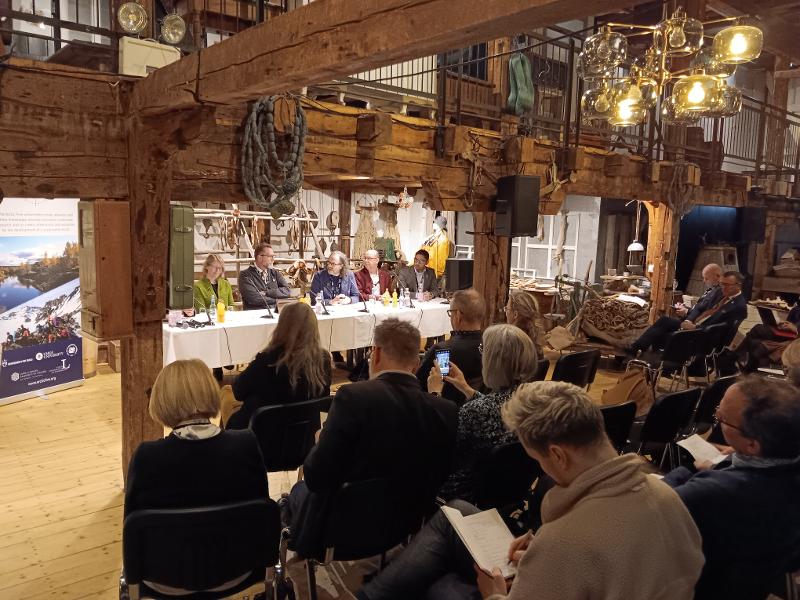
Another cluster contributing to the green transition of the energy industry in the Arctic is Energi i Nord. Its goal is to facilitate the production, transmission, storage, and industrial processing of carbon-neutral energy in Northern Norway.
Both UiT The Arctic University of Norway and Nord University are affiliated with the cluster, in addition to private energy companies and municipalities in the region. Key projects for the partners include climate-neutral aviation, development of smart grids, hydrogen production, and infrastructure for wave power production.
"We are constantly learning more about the industries and value chains being built in the northern areas," said Utvik. For her, it is important to explore more the opportunities that the Arctic Five alliance brings.
"Businesses can contribute new jobs and create the basis for new studies. This is not only important for employment purposes but also for building new industry," Utvik emphasized.
"Universities are magnets for young people," Daniel Smirat pointed out, Chair of the Municipal Assembly in Luleå.
In Norrbotten, several types of decentralized education are now being offered, in collaboration with the University of Oulu. Berggård highlighted that the Arctic Five alliance constitutes an important cornerstone for employment at Luleå University of Technology and also for raising the level of expertise in the county in general.
Olsen, like the other panel participants, believes that cross-border university collaboration in the Arctic is crucial to be able to tackle future challenges. He finally summarized the spirit of cooperation that he believes characterizes the Arctic Five:
"The universities in the north do not compete with each other. If they achieve something important in Umeå, we should cheer for them in Tromsø."
-
Fiskeri- og havbruksvitenskap - bachelor
Varighet: 3 År -
Fiskeri- og havbruksvitenskap - master
Varighet: 2 År -
Akvamedisin - master
Varighet: 5 År -
Arkeologi - master
Varighet: 2 År -
Peace and Conflict Transformation - master
Varighet: 2 År -
Computer Science - master
Varighet: 2 År -
Geosciences - master
Varighet: 2 År -
Biology - master
Varighet: 2 År -
Technology and Safety - master
Varighet: 2 År -
Physics - master
Varighet: 2 År -
Computational chemistry - master
Varighet: 2 År -
Law of the Sea - master
Varighet: 3 Semestre -
Biologi - bachelor
Varighet: 3 År -
Nordisk - årsstudium
Varighet: 1 År -
Historie - årsstudium
Varighet: 1 År -
Luftfartsfag - bachelor
Varighet: 3 År -
Pedagogikk - bachelor
Varighet: 3 År -
Arkeologi - bachelor
Varighet: 3 År -
Pedagogikk - master
Varighet: 2 År -
Informatikk, datamaskinsystemer - bachelor
Varighet: 3 År -
Informatikk, sivilingeniør - master
Varighet: 5 År -
Allmenn litteraturvitenskap - årsstudium
Varighet: 1 År -
Likestilling og kjønn - årsstudium
Varighet: 1 År -
Historie - bachelor
Varighet: 3 År -
Geovitenskap- bachelor
Varighet: 3 År -
Kjemi - bachelor
Varighet: 3 År -
Samfunnssikkerhet - bachelor
Varighet: 3 År -
Samfunnssikkerhet - master
Varighet: 2 År -
Kunst - bachelor
Varighet: 3 År -
Kunsthistorie - master
Varighet: 2 År -
Farmasi - master
Varighet: 2 År -
Religionsvitenskap - årsstudium
Varighet: 1 År -
Romfysikk, sivilingeniør - master
Varighet: 5 År -
Klima og miljøovervåkning, sivilingeniør - master
Varighet: 5 År -
Sosialantropologi - bachelor
Varighet: 3 År -
Bærekraftig teknologi, ingeniør - bachelor
Varighet: 3 År -
Historie - master
Varighet: 2 År -
Filosofi - bachelor
Varighet: 3 År -
Anvendt fysikk og matematikk, sivilingeniør - master
Varighet: 5 År -
Barnevernsarbeid - master
Varighet: 2 År -
Forfatterstudium 2 - årsstudium
Varighet: 1 År -
Fine Art - master
Varighet: 2 År -
Barnevern - bachelor
Varighet: 3 År -
Arctic Nature Guide - one year programme
Varighet: 1 År -
Sosialt arbeid - bachelor
Varighet: 3 År -
Arktisk friluftsliv og naturguiding - bachelor
Varighet: 3 År -
Arktisk friluftsliv - årsstudium
Varighet: 1 År -
Grunnskolelærerutdanning for 1.-7. trinn - master
Varighet: 5 År -
Kunsthistorie - årsstudium
Varighet: 1 År -
Vernepleie - bachelor
Varighet: 3 År
